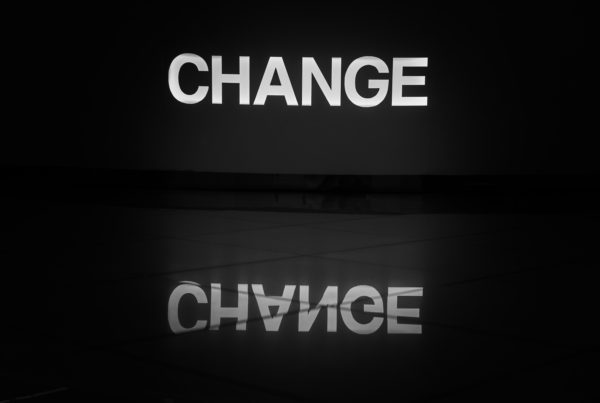Every year, like Groundhog Day, there are reports talking about what’s next for procurement. And every year they say the same thing. This is the breakthrough moment when the procurement function becomes strategic.
If there were ever a year in which procurement should be treated strategically, it is 2021. The massive Pandemic-induced supply chain disruptions showcased the lack of visibility, the concentrated vulnerability, the geographic risk exposure, the cost of weak supplier relationships, the suitability of systems for remote work, etc.
What does it mean to say that a business process is strategic? What is strategy?
A business strategy determines where a business seeks to go and how it plans to get there.
What markets will the firm target? What products will the firm sell? How will we allocate our scarce resources to make this happen in a sustainable, profitable manner? What does this mean for the way the enterprise organizes and finances its operations? How complex are our operations? Where are the risks to our success and how should we mitigate them?
Tactics on the other hand revolve around the execution of this strategy on a day-to-day basis.
How do I deliver a particular project for a specific customer? What do I have to do right now to make good on my promises to customers and other stakeholders? How do I onboard new vendors? What does my spend cube look like?
Here’s the real question: is procurement strategic or is it tactical? How do you drive internal collaboration around procurement?
The truthful answer is that it is both, but that companies have relegated it to the realm of the reactive and the quotidian.
Chief Financial Officers and pliant procurement staff have coalesced around the notion that procurement is about cost reduction. Value-for-money in this view is about the lowest price. In this characterization, procurement is entirely tactical.
Covid 19 revealed the weaknesses of this thinking.
Procurement is also strategic in that it spans questions about sustainability and macro direction.
What kind of firms do we want as suppliers? How do diversify our exposure to different vendors so that we can reduce the vulnerability of the firm to supply network disruption? Once we have decided upon a particular market to target, what inputs will we choose for our products? How will we purchase goods and services from third-parties? How do we manage supplier relationships so that we get the most benefit?
We’ve spoken before about how Boards should think about procurement.
“The lessons of the Pandemic are that strategy at the firmwide level is about managing the risk profile to maximize the upside and minimize the downside subject to resource constraints and that sourcing is an integral part of this strategic management of risk.”
We have also talked about complexity and strategy, quoting the Deloitte CPO survey of 2019:
“Complexity can be exploited to expand procurement’s influence beyond traditional sourcing-centric spend management toward a broader engagement model and service offering. This includes efforts to more broadly influence business stakeholders in strategic areas (e.g. capital expenditures, enterprise risk management), as well as to more deeply influence stakeholders through demonstrated leadership in areas such as corporate development.”
The best way to do this is to bring the key strategic decision-makers into the procurement conversation.
To do this we need a forum for the conversation. Experience tells us that it is profoundly difficult for procurement to insert itself into the “room where it happens.” Out of sight is out of mind.
Key people from across the firm need access to data and processes, delivered in an inclusive manner, to be able to want to talk about procurement.
If the VIPs aren’t going to log into the ERP module to check out procurement, then the CPO will have to bring this process to them.
This is precisely why we built EdgeworthBox.
By layering on an inexpensive platform that not only connects buyers and suppliers but also people within the purchasing firm to one another across differing functional responsibilities, CPOs can bring procurement data and processes to critically important internal players. This is the way to make procurement strategic.
This may be the only way to make procurement strategic.
We incorporate features from capital markets in a tool that augments the existing purchasing approach; there is no need to rip out the expensive plumbing. EdgeworthBox is a way to expose procurement’s function firmwide, for the general benefit. Give us a shout. We’d love to talk to you.




